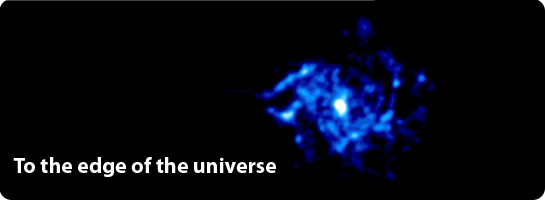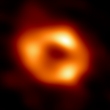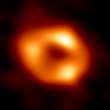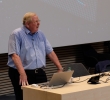IRAM is an international research institute for radio astronomy. Its overall objective is to explore the universe and to study its origins and evolution.
IRAM was founded in 1979 and its headquarters are located in Grenoble, France. With a staff of more than 120 scientists, engineers, technicians and administrative personnel, IRAM develops and maintains two observatories: the 30-meter telescope located on the Pico Veleta near Granada, Spain, and the NOEMA interferometer (an array of twelve 15-meter telescopes) in the French Alps. Both instruments are prime facilities for radio astronomy and among the most powerful observatories today operating at millimetre wavelengths. [...]
Terms of use | Contact us
Copyright © 2009-2023 IRAM. All rights reserved.














































